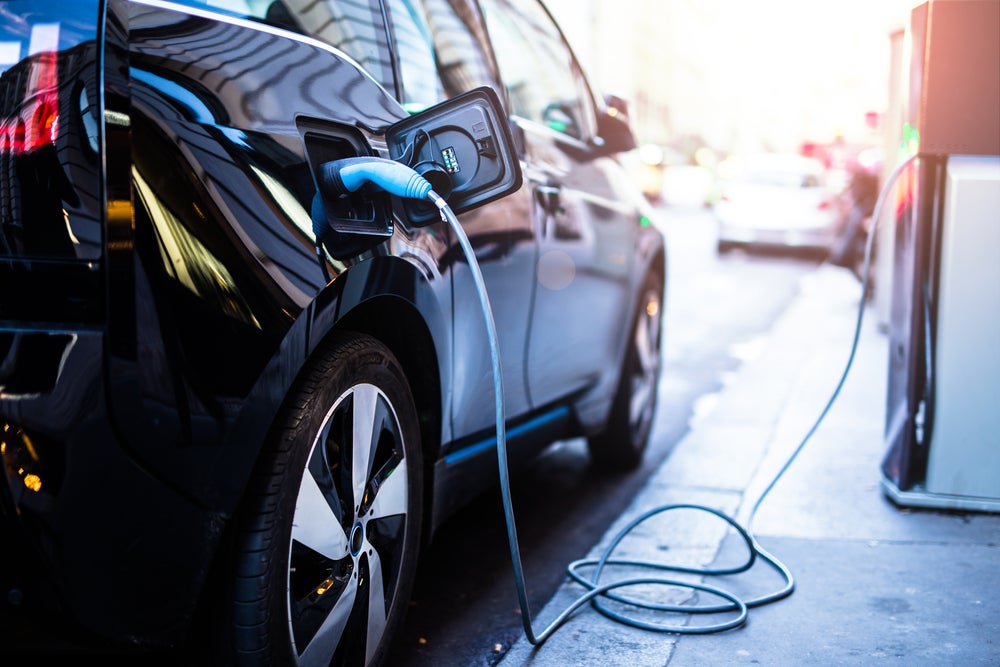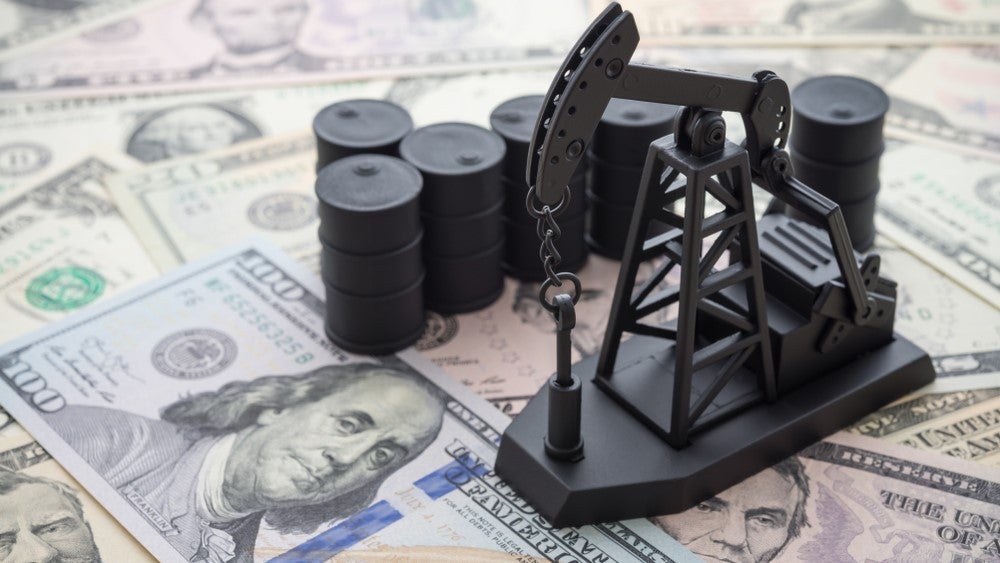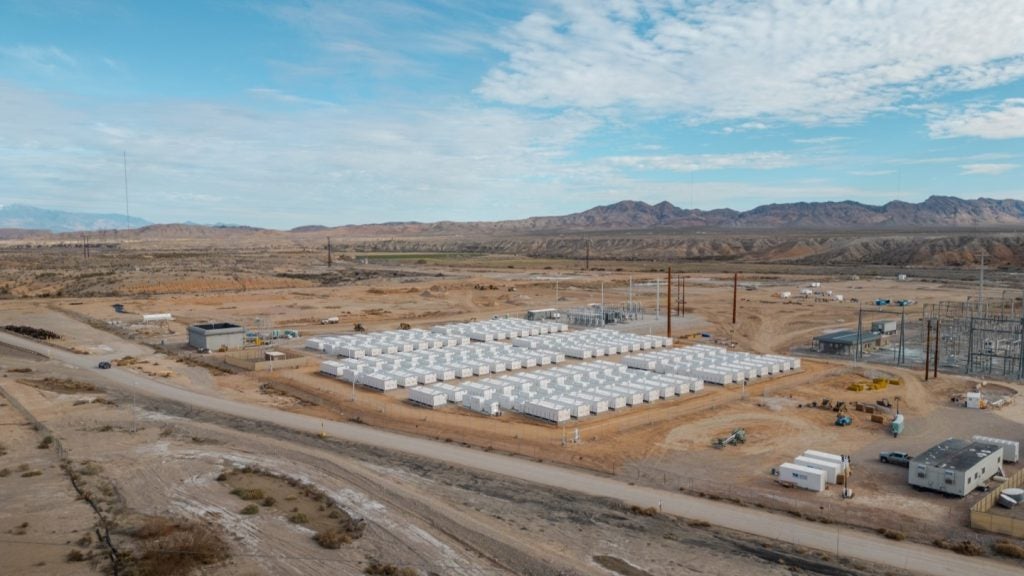
Global investment in the energy transition surged by 17% in 2023 to $1.7trn, according to a report from research provider BloombergNEF (BNEF).
This figure is a new record for annual investment and demonstrates the “resilience of the clean energy transition in a year of geopolitical turbulence, high interest rates and cost inflation”, according to the report’s authors.
Published on Tuesday and titled Energy Transition Investment Trends 2024, the report finds that electrified transport is now the single biggest recipient of spending of all energy transition technologies, growing 36% in 2023 to $634bn and overtaking the renewable energy sector. This figure includes spending on electric cars, buses, two and three-wheelers and commercial vehicles, as well as associated infrastructure such as charging points.
Despite falling behind electric transport, the renewables industry also saw an 8% increase in spending to $623bn. This figure reflects investment in the construction of renewable energy projects including wind, solar and geothermal power plants, as well as biofuel production plants.
Power grid investment was the third-biggest recipient of investment, with 2023 spending on the industry totalling $310bn. Grids are critical to the success of the energy transition due to its reliance on the electrification of industry. In October 2023, the International Energy Agency published a report that warned a “lack of ambition and attention” from governments risks making electricity grids the “weak link” within the global transition to clean energy. The report also found that in order to achieve all national climate and energy targets across the world, 80 million kilometres of power lines must be either added or replaced between now and 2040.
See Also:
“Last year brought new records for global renewable energy investment,” Meredith Annex, BNEF’s head of clean power and co-author of the report, said in an emailed press statement. “Strong growth in the US and Europe drove the global rise, even as China, the world’s largest renewables market, sputtered, recording an 11% drop. Despite a year of tough headlines, a record amount of offshore wind capacity also reached financial close.”
How well do you really know your competitors?
Access the most comprehensive Company Profiles on the market, powered by GlobalData. Save hours of research. Gain competitive edge.

Thank you!
Your download email will arrive shortly
Not ready to buy yet? Download a free sample
We are confident about the unique quality of our Company Profiles. However, we want you to make the most beneficial decision for your business, so we offer a free sample that you can download by submitting the below form
By GlobalDataThe BNEF report also found strong growth in emerging technologies including hydrogen, carbon capture and storage, and energy storage. Investment in hydrogen in particular has surged, tripling year-on-year.
Despite these record increases, the current level of investment in clean energy technologies is not nearly sufficient to set the world on track for net zero by mid-century, the report concludes. It added that energy transition investment would need to average $4.8trn per year between 2024 and 2030 if it is to align with net-zero scenarios. This is nearly three-times the total investment observed in 2023.
“Our report shows just how quickly the clean energy opportunity is growing, and yet how far off track we still are,” said Albert Cheung, deputy CEO of BNEF. “Energy transition investment spending grew 17% last year, but it needs to grow more than 170% if we are to get on track for net zero in the coming years. Only determined action from policymakers can unlock this kind of step-change in momentum.”







